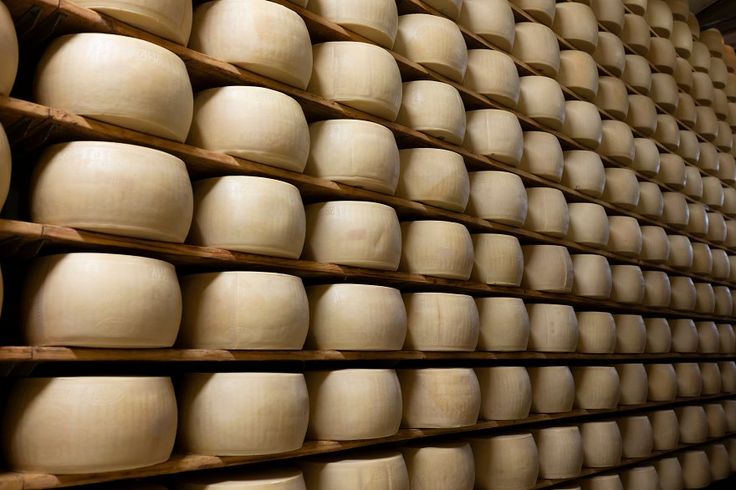Dear lovers of fine dining, welcome once again to the world of Nicoletta, where each dish tells a story of the rich Italian culinary tradition. On this delicious journey, I invite you to discover the universe of Grana Padano, a cheese that not only holds a special place in my heart but has become the soul of every corner of my kitchen. Here at Nicoletta, every bite is a love letter to authenticity and a passion for Italian gastronomy.
Where is Grana Padano Produced?
In my kitchen, Grana Padano is not just a cheese; it’s the accomplice that brings my creations to life. Originating from the northern lands of Italy, specifically from the regions of Emilia-Romagna, Lombardy, and Veneto, this hard-textured cheese has a history as rich as its flavor.
The Protected Designation of Origin (DOP) guarantees its authenticity and quality, and only cheeses produced in this region under strict standards can carry this name. To obtain the DOP, Grana Padano must age for a minimum period of 9 months, though many of the most cherished cheeses mature for 24 months or more. This aging process contributes to its unique granulated texture and intense flavor.
The Aging Process
Understanding the importance of time is crucial in creating something extraordinary. Such is the aging process of Grana Padano in my kitchen. Each wheel of this cheese tells a story of patience and dedication, reflecting a craftsmanship perfected over generations.
Grana Padano is a hard cheese that ages in controlled and supervised conditions. During this period, which can extend up to 36 months, the cheese develops its distinctive nutty flavor and granulated texture. This process, combined with the specific production conditions in the DOP regions, ensures that each wheel of Grana Padano is a masterpiece of Italian cheese craftsmanship. At Nicoletta, we appreciate each stage of this process, understanding that it is what gives Grana Padano its distinctive character.
Differences Between Grana Padano and Parmesan
It is essential to appreciate the subtle differences between Grana Padano and Parmesan, two Italian cheese treasures. Both cheeses share a rich heritage and are of hard texture, but they exhibit variations in flavor and texture. Grana Padano, with its minimum aging process of 9 months, has a softer and more granulated texture than Parmesan, and its flavor may be less intense.
On the other hand, Parmesan, or Parmigiano-Reggiano, ages for a minimum of 12 months, often more, resulting in a more brittle texture and a deeper, more complex flavor with spicier notes. While both cheeses are exceptional, these subtle differences allow cheese enthusiasts to choose the flavor nuances and texture that best complement their preferences and specific dishes. At Nicoletta, we value the distinction of each cheese and incorporate them precisely into our creations, ensuring a unique and authentic culinary experience.
The Star at the Table
Imagine the magic of my Pasta Alfredo, prepared right in front of you on a wheel of Grana Padano. It’s a spectacle and a delight for the senses. The butter and Grana Padano sauce intertwine in harmony, creating an experience that goes beyond the food; it’s a celebration of life and a passion for Italian cuisine. Each bite tells a love story, where the wheel of Grana Padano is not just the stage but the undisputed protagonist that elevates each dish to new heights of flavor and sophistication.
At Nicoletta, every dish I serve is an expression of my love for Italian authenticity, and Grana Padano is my trusted ally on this culinary journey. I invite you to be part of this unique experience, to explore every corner of my kitchen where Grana Padano becomes culinary art. Don’t forget to try my Pasta Alfredo, a show in itself, where the wheel of Grana Padano is not just the stage but the undisputed star of the show. Welcome to Nicoletta, where each bite is a story, and Grana Padano is the star of the show!


